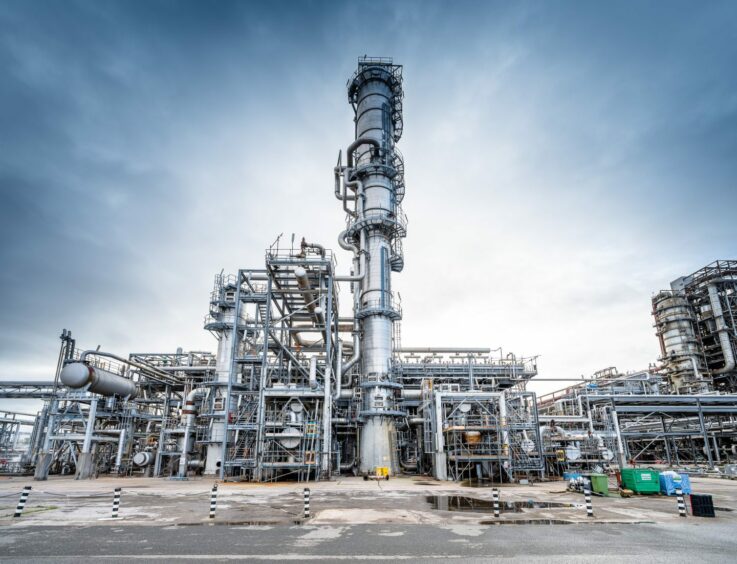
The UK government and EET Hydrogen are into the final stretch of talks, with the company aiming to reach a final investment decision (FID) in September at its Ellesmere plant.
Essar Energy Transition (EET) expects to begin producing its first blue hydrogen within two years, managing partner Tony Fountain told Energy Voice.
“Production by 2026 is doable, 2027 is the latest. We’d like to do it in two years.” EET submitted the HPP1 proposal nine months ago, for the first 350 MW phase.
Signing the statement of principles with the Department for Energy Security and Net Zero (DESNZ) marked a “really good day”, Fountain explained.
The statement provides the “basis of a conversation about how much [the project] will cost, what’s the opex and around negotiations with the government on the rate of return. It’s a non-binding agreement in principle.”
The next phase, which Fountain said would run over the “next several weeks” would involve determining the strike price. “They will carry out due diligence on the plan and it all leads to an FID in September. The agreement is non-binding – but nevertheless an important formal step forward.”
Construction synchronising
For EET to achieve its blue hydrogen plans, carbon capture and storage (CCS) must be in place. The company is working closely with Eni on CCS, Fountain continued.
“They’re giving all the right signals that [the CCS component] will be ready at the same time. The difference between us and some other blue hydrogen plans is that we are right there, there’s no need for a big pipeline, there’s no connectivity challenge – and that’s usually a big part of getting a project built.”
EET is currently in the process of choosing an engineering, procurement and construction (EPC) contractor. Fountain acknowledged there were cost pressures on the project, but cited Essar’s experience in managing such works.
“The disparity between some of the bids is interesting. We have a number of techniques to control costs, much of it will be modular built. Our intention is to be by far the lowest cost hydrogen producer in the UK, to give the best value to the government,” Fountain said.
Strike price
The next step in keeping pressure on costs will be expansion. EET is working on the next phase of its blue hydrogen plans, “putting the next one in in the next month or so, which is three times the size of this one. With that, it will come at a much lower strike price again. The first will give synergies for the second.” A second and third plant could be installed at the same time, backed up with a fourth.
The government’s aim is to sell hydrogen at the price of natural gas. Consumers of hydrogen will benefit from not having to pay carbon taxes that would otherwise stem from burning gas.
“We may be good, but we can’t take a product made from natural gas and sell it at the price of natural gas,” the EET executive said. “But just as with wind, we’ll see a big trend that the support needed to make this economic will fall significantly.”
Demand evolution
Building out hydrogen infrastructure was initially intended to meet existing demand for cleaner feedstocks. This concept is shifting, though.
Originally, HyNet forecast 4-5 GW of demand for hydrogen in industry, Fountain said. “That’s changed with the entry of power, which will also require hydrogen storage. There’s tremendous economies of scale. We had thought of this as a means to protect existing industry, such as Pilkington Glass.”
“What we’re finding now are new businesses and new opportunities are saying ‘if you can do these hydrogen plans, we will come and locate to the region’. That’s a new dynamic we didn’t have a year ago.”

